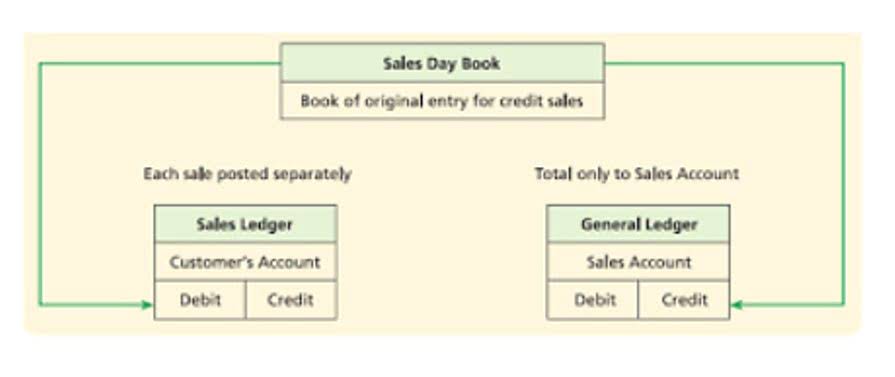How a General Ledger Works With Double-Entry Accounting Along With Examples

For example, cash and account receivables are part of the company’s assets. When used together along with other financial documents, the balance sheet and P&L statement can be used to assess the operational efficiency, year-to-year consistency, and organizational direction of a company. For this reason the numbers reported in each document are scrutinized by investors and the company’s executives.
However, just because the column totals are equal and in balance, we are still not guaranteed that a mistake is not present. When posting any kind of journal entry to a general ledger, it is important to have an organized system for recording to avoid any account discrepancies and misreporting. To do this, companies can streamline their general ledger and remove any unnecessary processes or accounts.
Shareholder Equity
A general ledger is an accounting record of all financial transactions in your business. This includes debits (money leaving your business) and credits (money coming into your business). These transactions can occur across areas such as revenue, expenses, assets and liabilities. The transactions are then closed out or summarized in the general ledger, and the accountant generates which accounts are found on an income statement a trial balance, which serves as a report of each ledger account’s balance. The trial balance is checked for errors and adjusted by posting additional necessary entries, and then the adjusted trial balance is used to generate the financial statements. The balance sheet and the profit and loss (P&L) statement are two of the three financial statements companies issue regularly.
Therefore, everyone within the company network can access the ledger at any point and make a personal copy of the ledger, making it a self-regulated system. This mitigates the risks that Centralized General Ledgers have from having one source control the ledger. The image below is a great illustration of how the blockchain distributed ledger works.
Locating Errors
Just the fact that you have to make estimates in some cases, such as depreciation estimating residual value and useful life, tells you that numbers will not be 100 percent correct unless the accountant has ESP. Some companies engage in something called earnings management, where they follow the rules of accounting mostly but they stretch the truth a little to make it look like they are more profitable. Others leave assets on the books instead of expensing them when they should to decrease total expenses and increase profit. Before we begin to understand what Owner’s capital is and what Equity financing is to an organization, it is important to understand some basic accounting terminologies. A double-entry bookkeeping system Normal account balances are those which are expected to have either a debit balance or a credit balance, depending on the nature of the account.

This is posted to the Service Revenue T-account on the credit side (right side). You will notice there is already a credit balance in this account from other revenue transactions in January. The $600 is added to the previous $9,500 balance in the account to get a new final credit balance of $10,100. In accounting software, https://www.bookstime.com/ a general ledger sorts all transaction information through the accounts. Also, it is the primary source for generating the company’s trial balance and financial statements. The ledger’s accuracy is validated by a trial balance, which confirms that the sum of all debit accounts is equal to the sum of all credit accounts.
Purpose of Each Statement
Just like the other financial statements, the balance sheet is used to conduct financial analysis and to calculate financial ratios. This is posted to the Supplies Expense T-account on the debit side (left side). This is posted to the Supplies T-account on the credit side (right side). You will notice there is already a debit balance in this account from the purchase of supplies on January 30. The $100 is deducted from $500 to get a final debit balance of $400.
We now record the adjusting entries from January 31, 2019, for Printing Plus. Another way to find an error is to take the difference between the two totals and divide by nine. If the outcome of the difference is a whole number, then you may have transposed a figure. For example, let’s assume the following is the trial balance for Printing Plus. One way to find the error is to take the difference between the two totals and divide the difference by two. One way to avoid errors is to use a POS system like Lightspeed Retail, which connects with accounting software to automatically sync data.
